Author: Will Lovell
Discovered growing wild in a field of Liberty hops by Virgil Gamache Farms in 1990, Amarillo quickly gained popularity for its ability to impart beer with desirable citrus and floral notes, becoming one of the top 10 most widely used varieties.
Alpha: 7 – 11%
Beta: 5.5 – 8%
Cohumulone: 20 – 24% of alpha acids
Total Oil: 1 – 2.3 mL/100g
Myrcene: 40 – 50%
Humulene: 19 – 24%
Caryophyllene: 7 – 10%
Farnesene: 6 – 9%
Linalool: 0.5 – 0.8%
Geraniol: 0.1%
ß-Pinene: 0.4 – 0.8%
Parentage: wild
As one of my favorite hops of all time, I’ve used Amarillo more times than I can count in various versions of American Pale and IPA, typically in fairly large quantities. I was curious how this classic variety would play in a more subtly hopped beer and brewed up a single-hop pale lager to serve to blind tasters for evaluation.
| MAKING THE BEER |
I went with our standard Hop Chronicles pale lager recipe for this batch, making small adjustments to the kettle hop additions to keep the bitterness in check.
Amarillo Pale Lager
Recipe Details
| Batch Size | Boil Time | IBU | SRM | Est. OG | Est. FG | ABV |
|---|---|---|---|---|---|---|
| 5.5 gal | 60 min | 19.9 | 3.4 SRM | 1.047 | 1.006 | 5.38 % |
| Actuals | 1.047 | 1.006 | 5.38 % | |||
Fermentables
| Name | Amount | % |
|---|---|---|
| Llano Pilsner | 10.75 lbs | 100 |
Hops
| Name | Amount | Time | Use | Form | Alpha % |
|---|---|---|---|---|---|
| Amarillo | 11 g | 60 min | Boil | Pellet | 7.8 |
| Amarillo | 10 g | 30 min | Boil | Pellet | 7.8 |
| Amarillo | 10 g | 5 min | Boil | Pellet | 7.8 |
Yeast
| Name | Lab | Attenuation | Temperature |
|---|---|---|---|
| Global (L13) | Imperial Yeast | 77% | 32°F - 32°F |
Notes
| Water Profile Ca 53 | Mg 0| Na 0 | SO4 58 | Cl 50 |
Download
| Download this recipe's BeerXML file |
The night before brewing, I collected the full volume of RO water and adjusted it to my desired profile before weighing out and milling the TexMalt Llano Pilsner malt.
When the water was properly heated the next morning, I incorporated the grains then checked to ensure the mash was at my desired temperature.
During the mash rest, I prepared the kettle hop additions.
Once the 60 minute mash was complete, I removed the grains and proceeded to boil for 60 minutes, adding hops at the times stated in the recipe.
When the boil was complete, I quickly chilled the wort then transferred it to a sanitized Kegmenter.
A refractometer reading showed the wort was at my target OG.
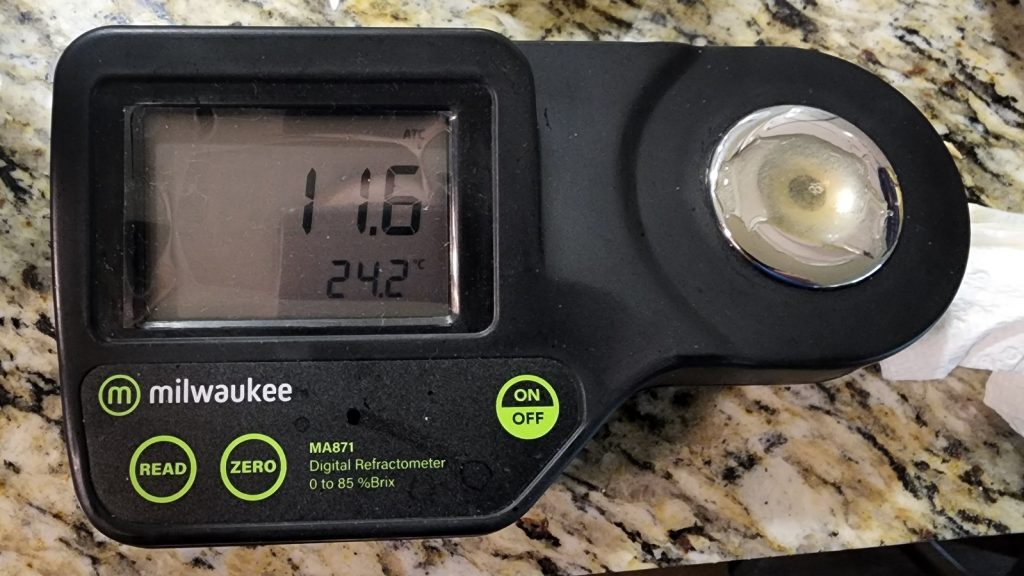
After transferring the wort to a sanitized fermented, I direct pitched a single pouch of Imperial Yeast L13 Global.
The beer was left to ferment at 64°F/17°C for a week before I took a hydrometer measurement confirming FG was reached.
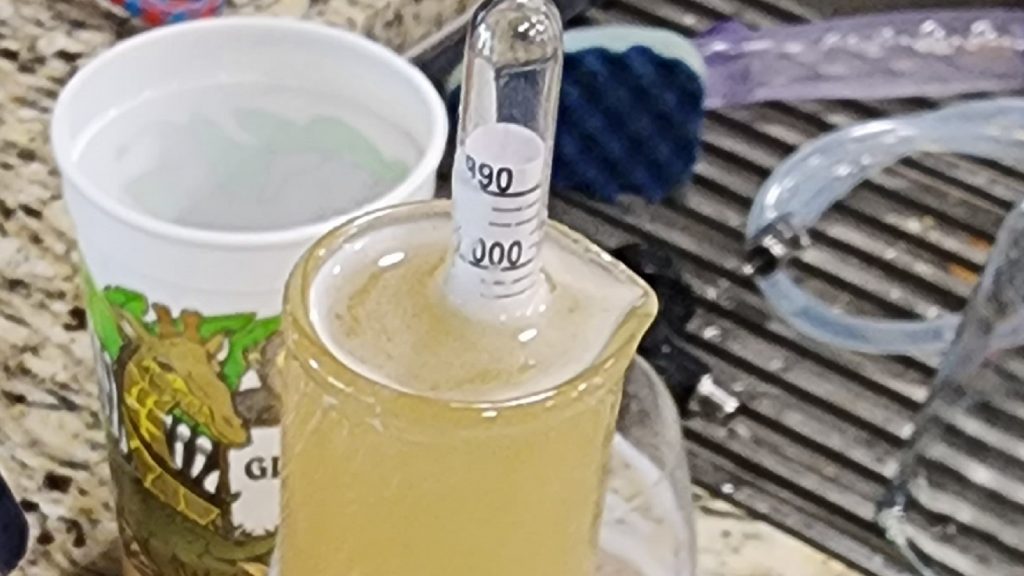
With fermentation complete, I cold crashed the beer then pressure-transferred it to a CO2 purged keg, which was placed in my kegerator and burst carbonated overnight before the gas was reduced to serving pressure. After a couple weeks of conditioning, it was ready to serve to blind tasters.
| METHOD |
Participants were instructed to focus only on the aromatic qualities of the beer before evaluating the flavor. For each aroma and flavor descriptor, tasters were asked to write-in the perceived strength of that particular characteristic on a 0-9 scale where a rating of 0 meant they did not perceive the character at all and a 9 rating meant the character was extremely strong. Once the data was collected, the average rating of each aroma and flavor descriptor was compiled and analyzed.
| RESULTS |
A total of 26 people participated in the evaluation of this beer, all blind to the hop variety used until after they completed the survey. The average aroma and flavor ratings for each descriptor were plotted on a radar graph.
Average Ratings of Aroma and Flavor Perceptions
The 3 characteristics endorsed as being most prominent by participants:
| Aroma | Flavor |
| Citrus | Citrus |
| Tropical Fruit | Tropical Fruit |
| Earthy/Woody | Floral |
The 3 characteristics endorsed as being least prominent by participants:
| Aroma | Flavor |
| Onion/Garlic | Onion/Garlic |
| Dank/Catty | Dank/Catty |
| Berry | Berry |
Next, participants were asked to rate the pungency/strength of the hop.
Tasters were then instructed to identify beer styles they thought the hop would work well in.
Finally, participants were asked to rate how much they enjoyed the hop character on a 1 to 10 scale.
My Impressions: The most prominent hop aroma and flavor characteristics I got from this beer was citrus, namely tangerine and orange, with hints of floral in the background. All in all, I really enjoyed this easy-drinking lager and thought the lower dose of Amarillo worked nicely in it.
| CONCLUSION |
Since its release in 1990, Amarillo hops have come to hold a special place in the hearts of many brewers the world over for its ability to impart desirable citrus and floral notes to styles like American Pale Ale and IPA. Unlike the majority of modern hop varieties, Amarillo was discovered growing wild, meaning it never went through the standard breeding process, making its story all the more unique.
The most prominent characteristics noted by people who evaluated a pale lager made solely with Amarillo were citrus and tropical fruit, with tasters also noting hints of earthy/woody aroma and floral flavor, while less desirable onion/garlic and dank/catty were rated the lowest. Likely as a function of the lower hopping rate used it this beer, tasters rated the overall pungency as mild to moderate, though it still seemed to possess the aroma and flavor characteristics associated with Amarillo.
Leading with citrus and tropical fruit, it’s no surprise tasters rated APA/IPA as being a style Amarillo would work well in, though I would have to agree with those who also listed pale lager and American Wheat Beer. While preference ratings were all over the board, I have a hunch this may have been due to the confusing juxtaposition of a fruity American hop in a simple pale lager, though I could be wrong. Regardless, I was happy with how this Amarillo pale lager turned out and can definitely seem myself using it in this capacity again in the future!
Amarillo hops are available now at Yakima Valley Hops, get some while you can! If you have any thoughts on this variety, please feel free to share them in the comments section below.
Support Brülosophy In Style!
All designs are available in various colors and sizes on Amazon!
Follow Brülosophy on:
FACEBOOK | TWITTER | INSTAGRAM
If you enjoy this stuff and feel compelled to support Brulosophy.com, please check out the Support page for details on how you can very easily do so. Thanks!



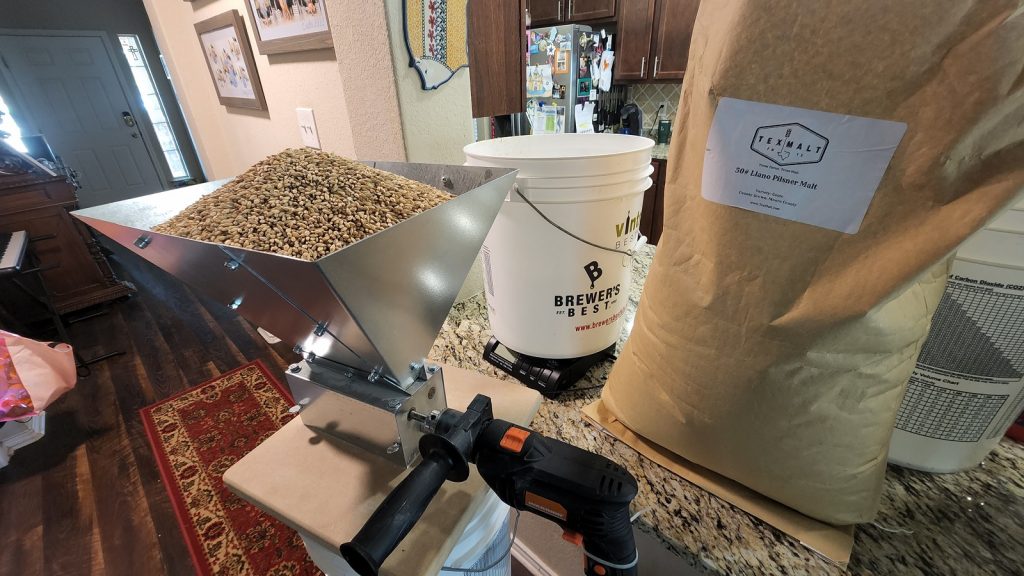
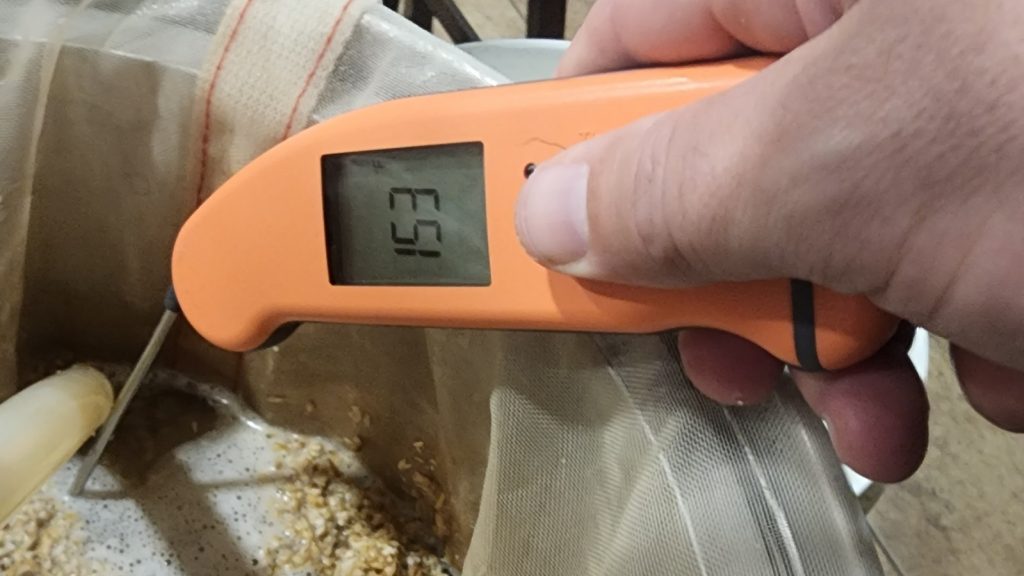
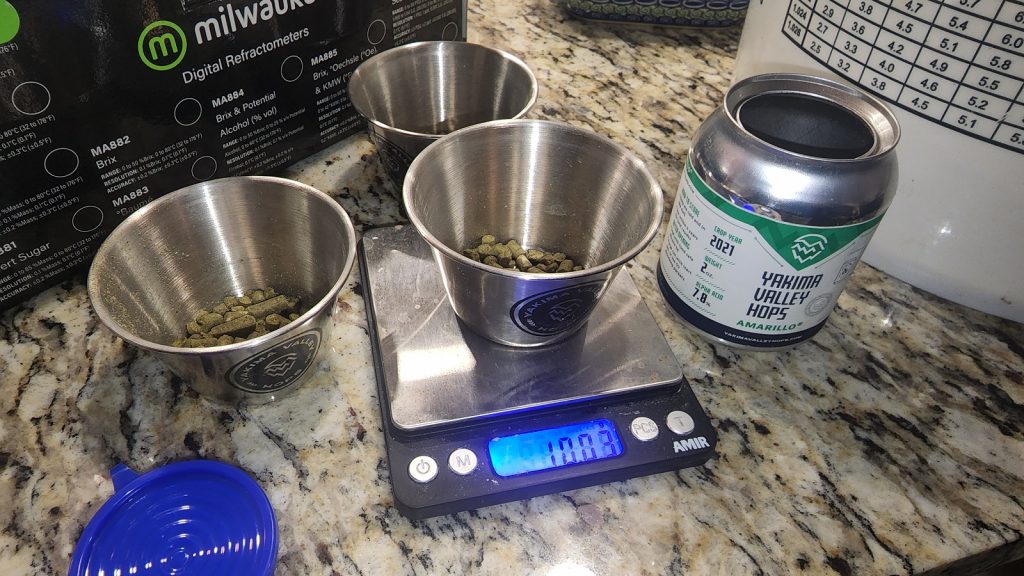
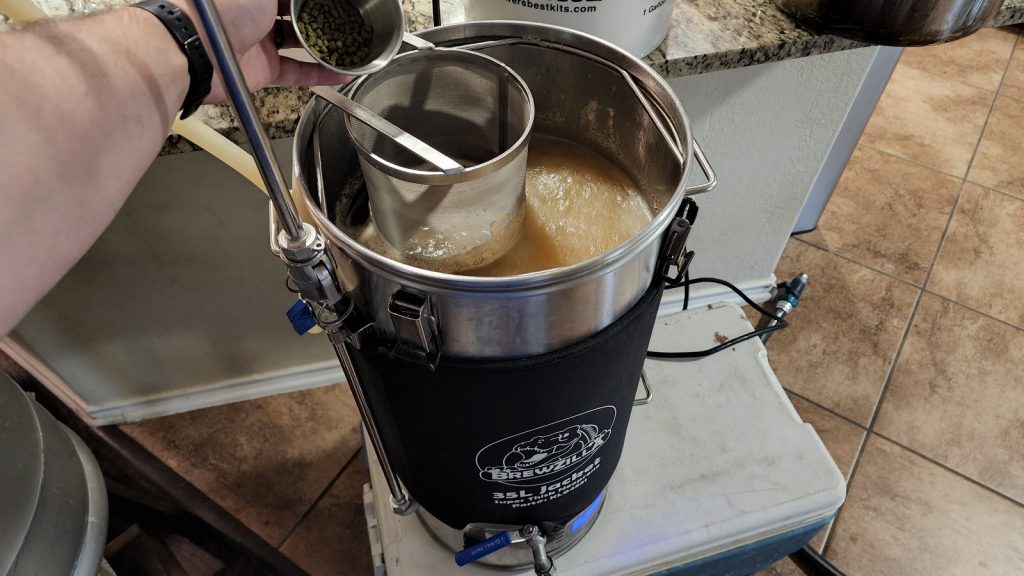
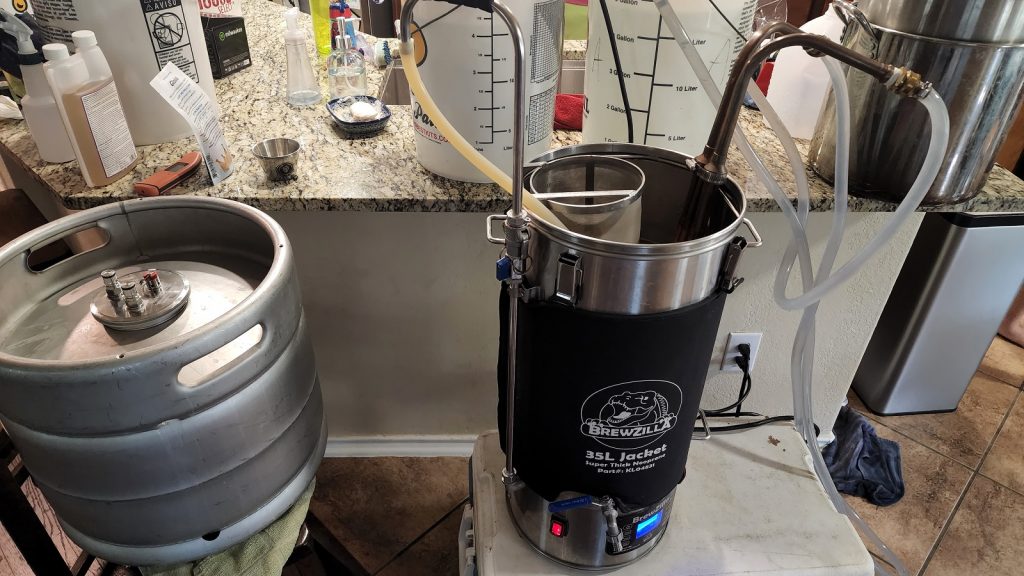
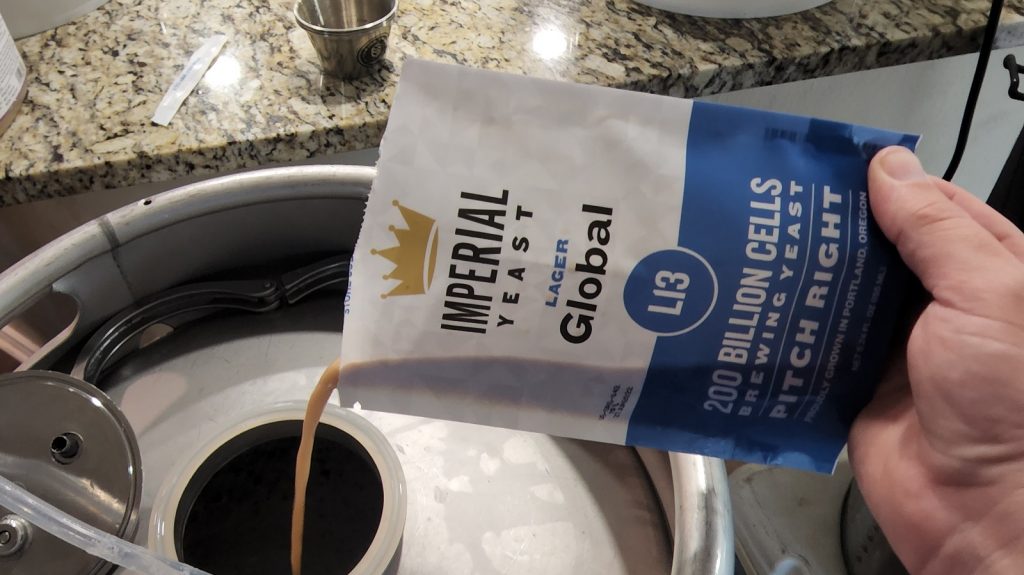
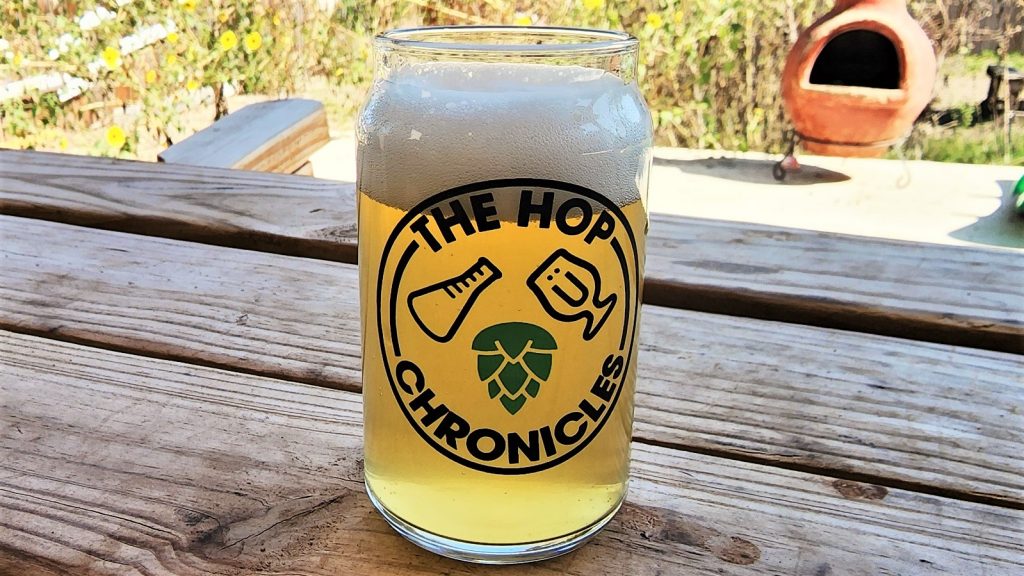

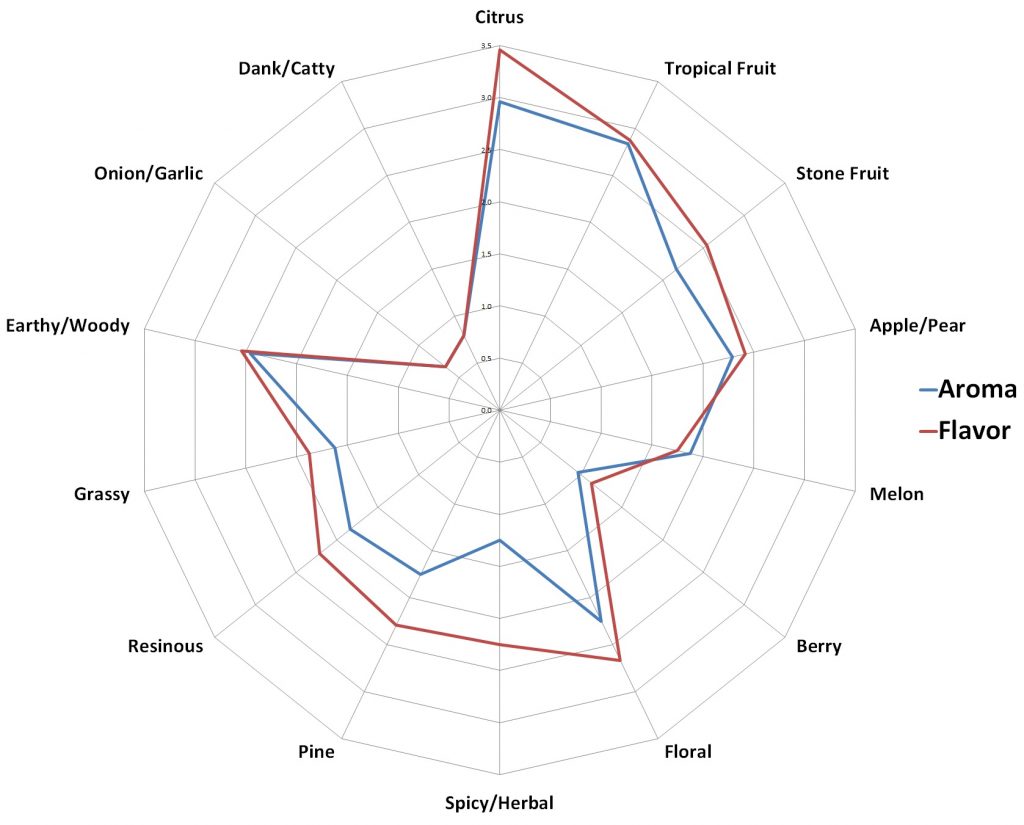
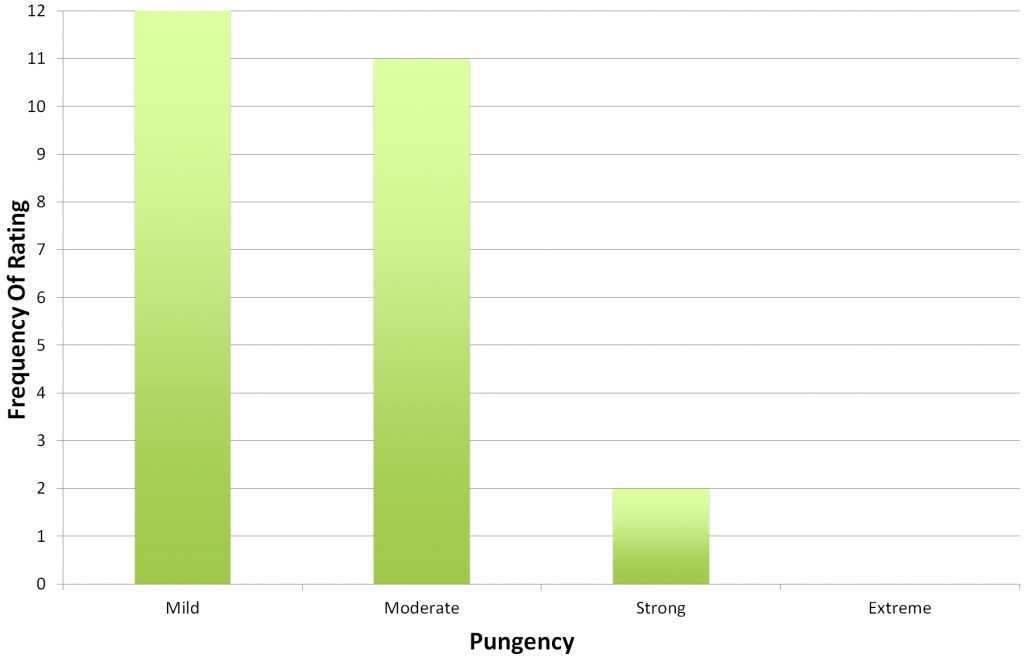
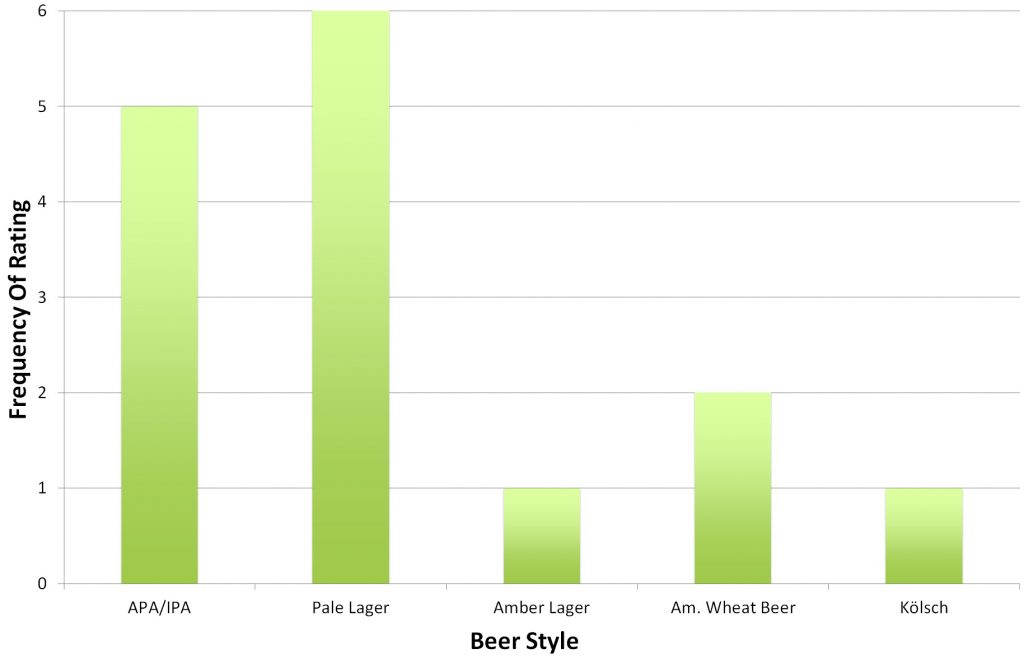
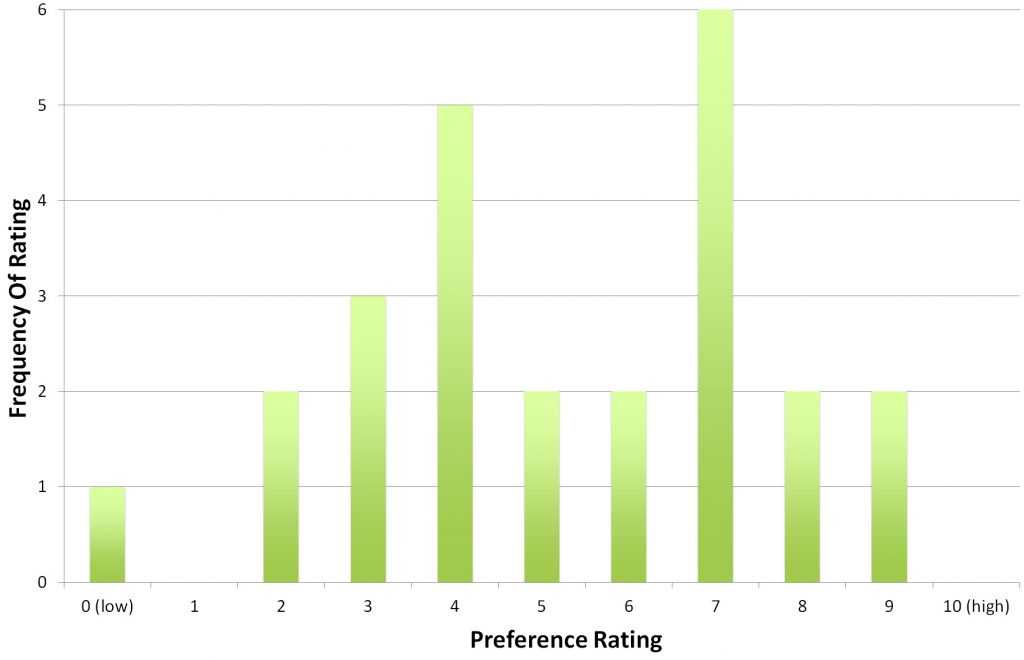











1 thought on “The Hop Chronicles | Amarillo (2021) Pale Lager”
I recently discovered an “American Pils” by Lupulin that had Cascade and Palisade, lending it a nice citrus character that I found delicious!
Based on that and after reading this Hop Chronicles, I think I just have to brew a single hop Amarillo Pils.